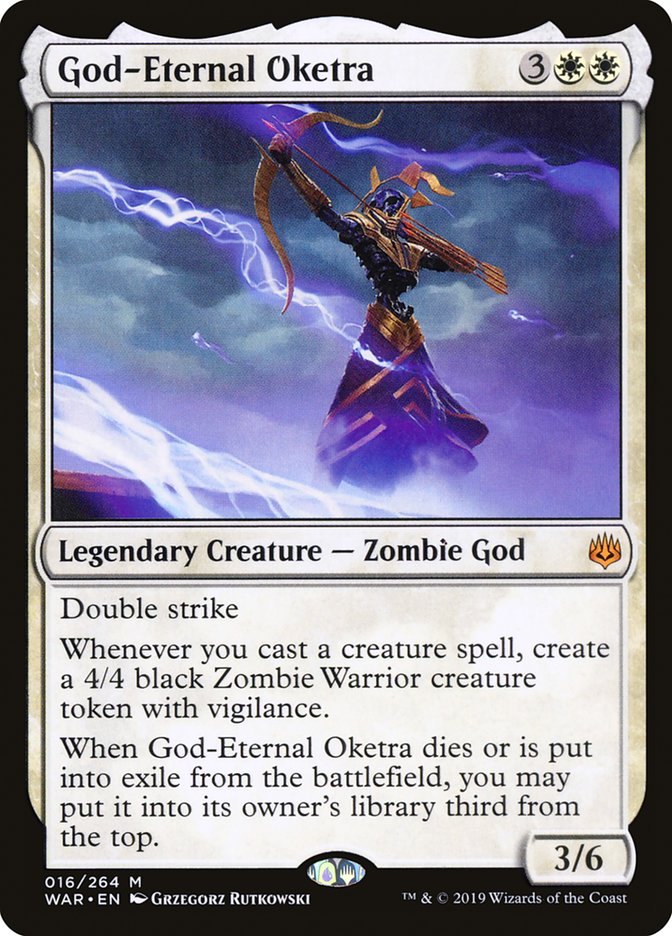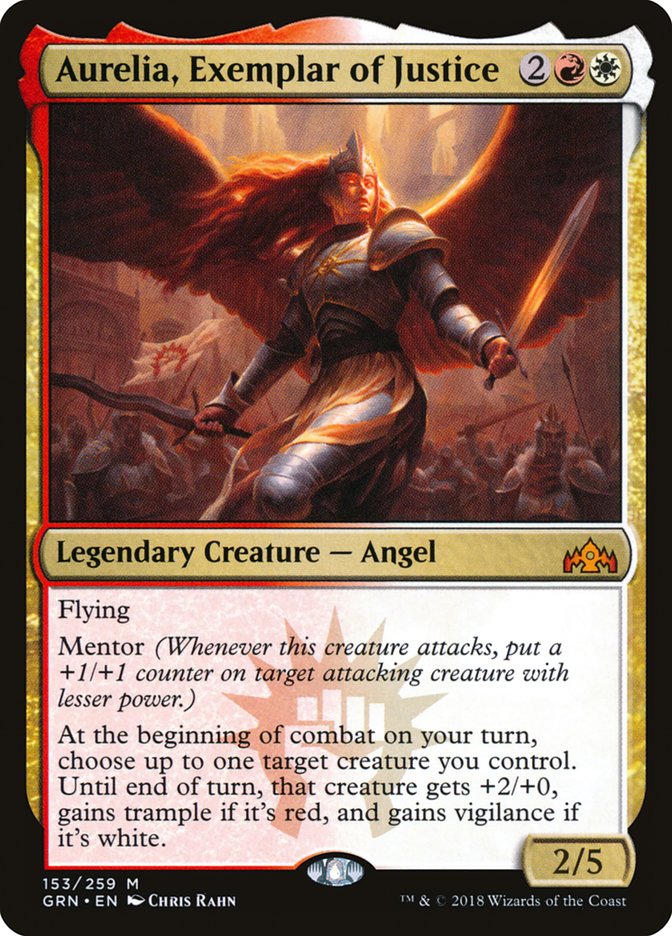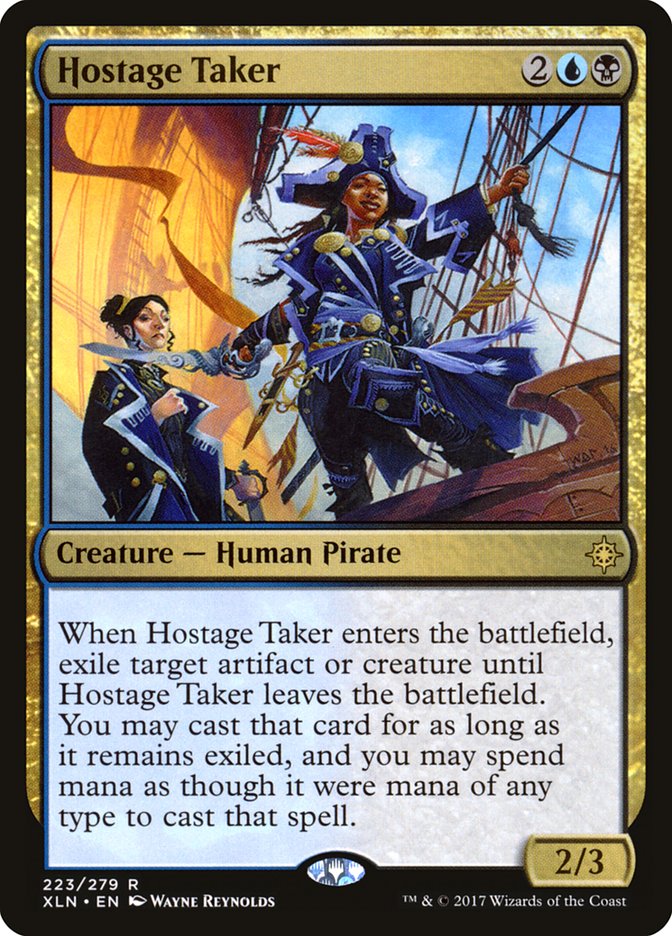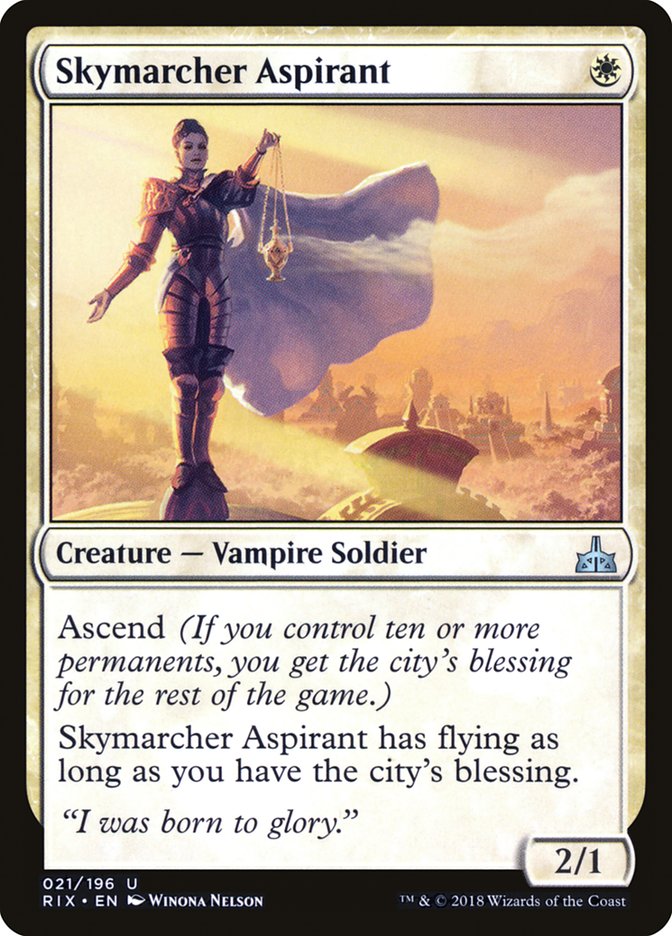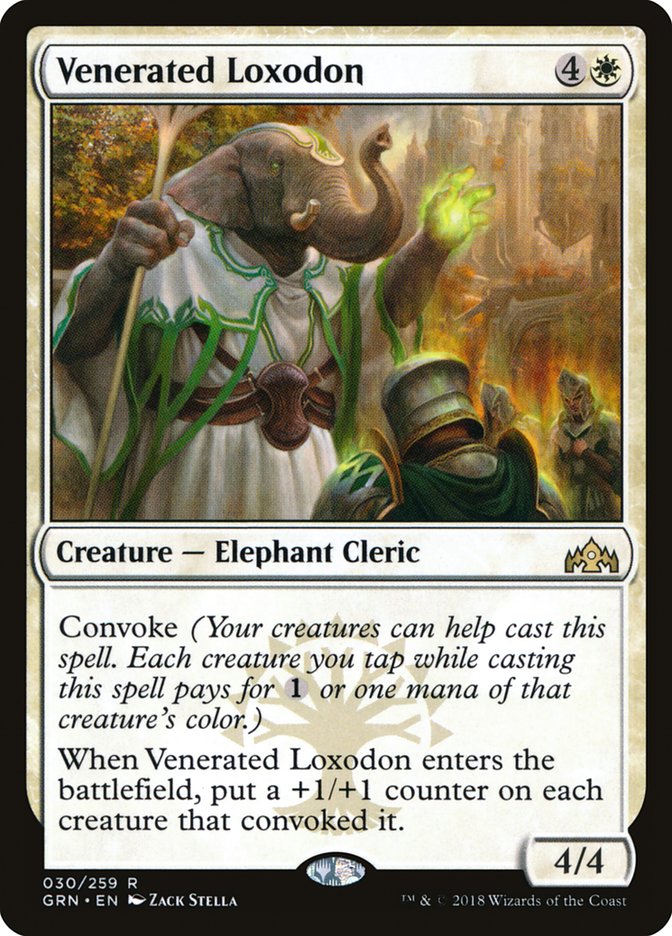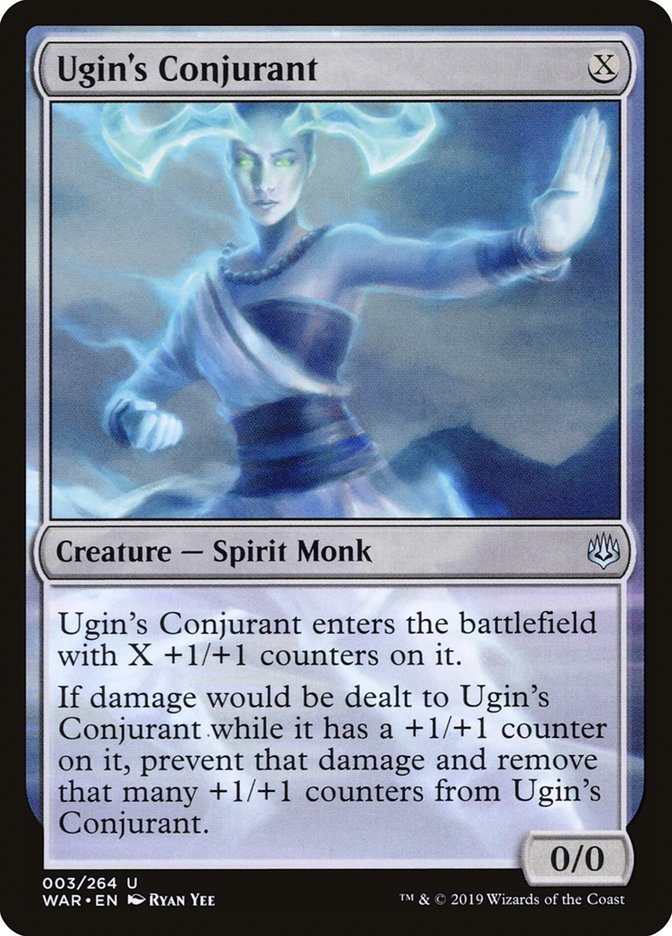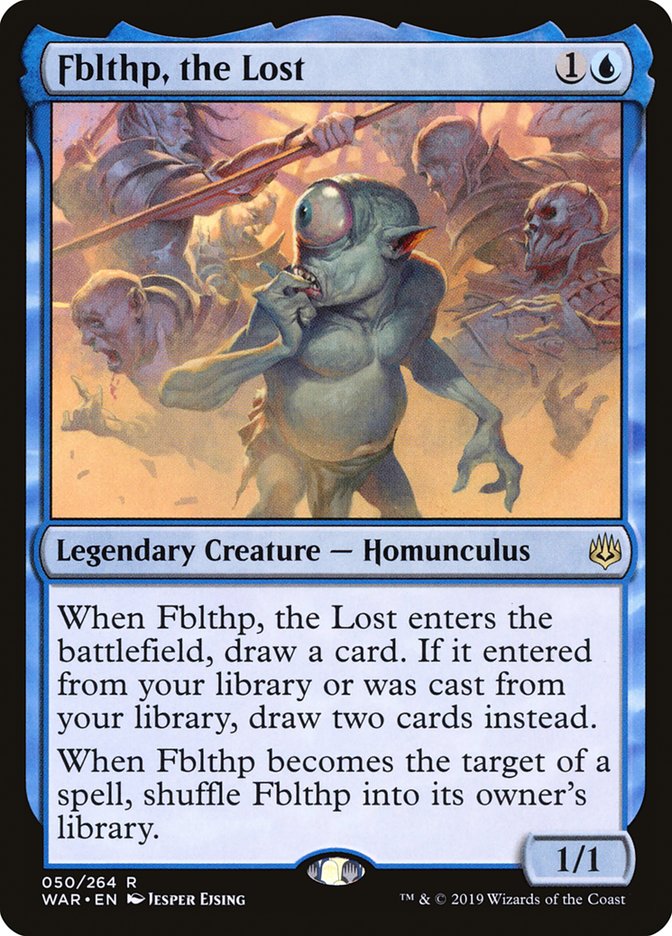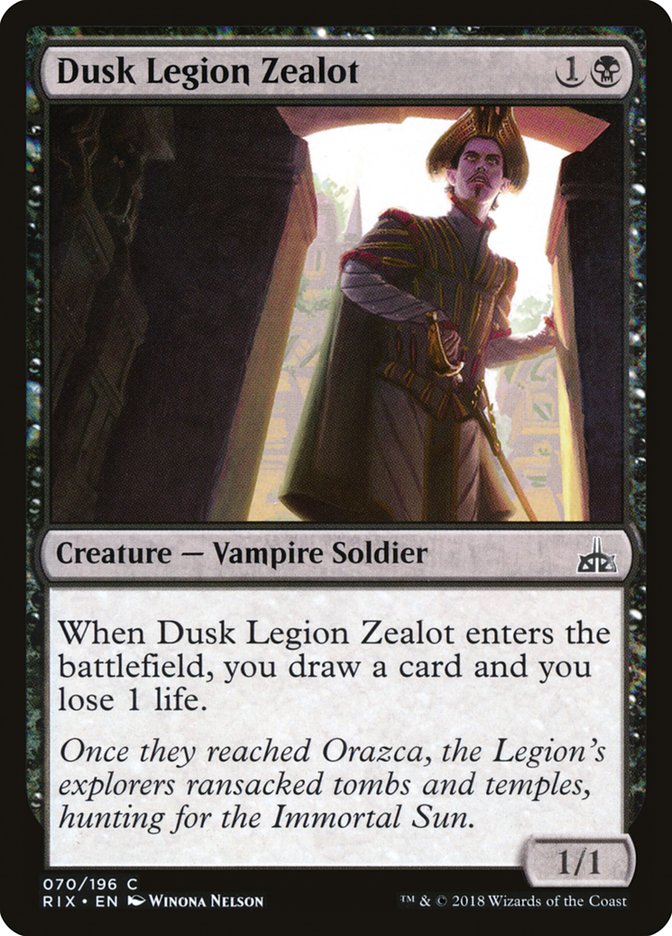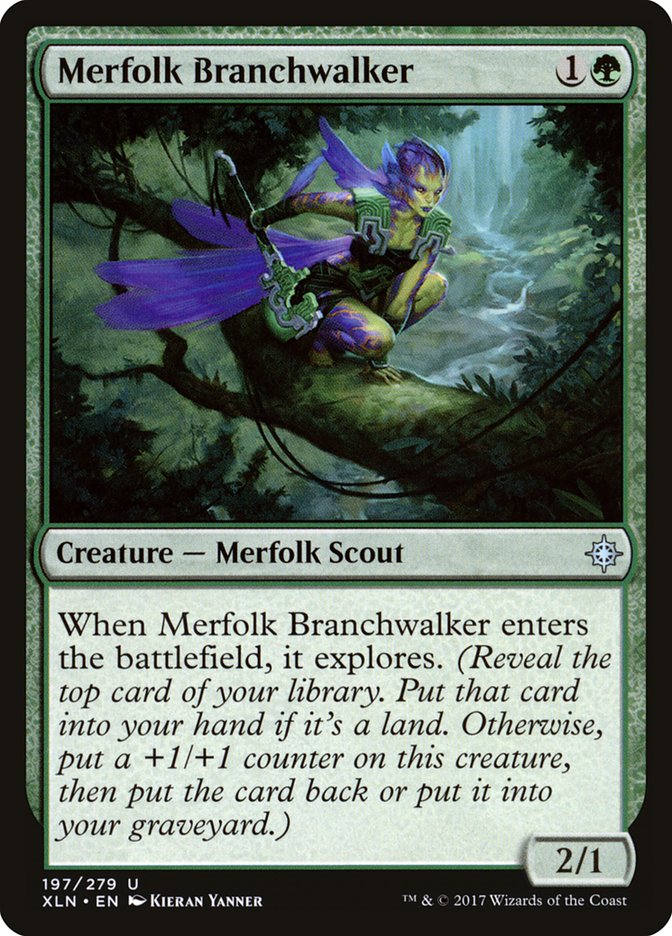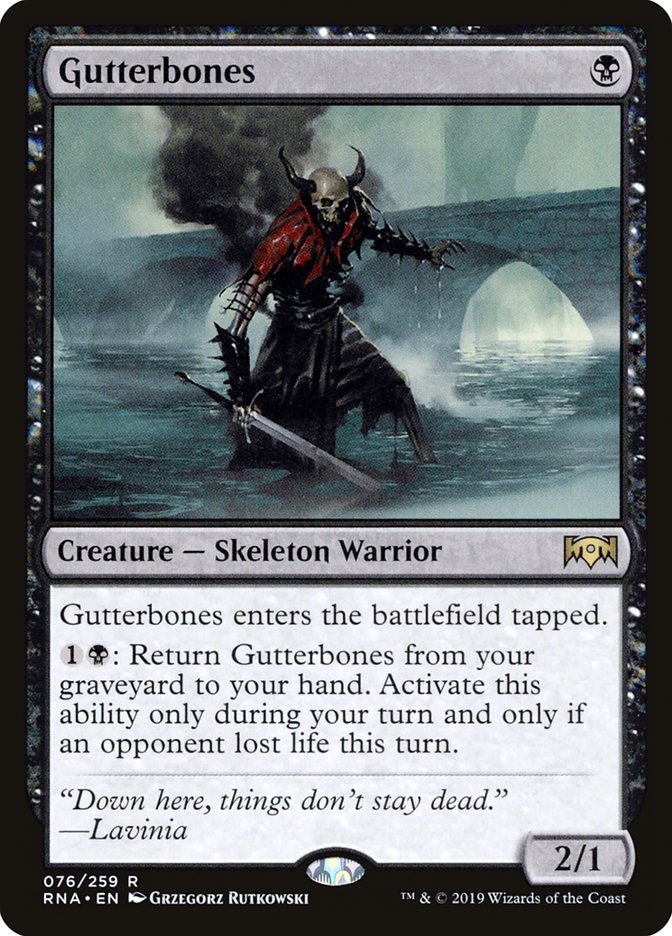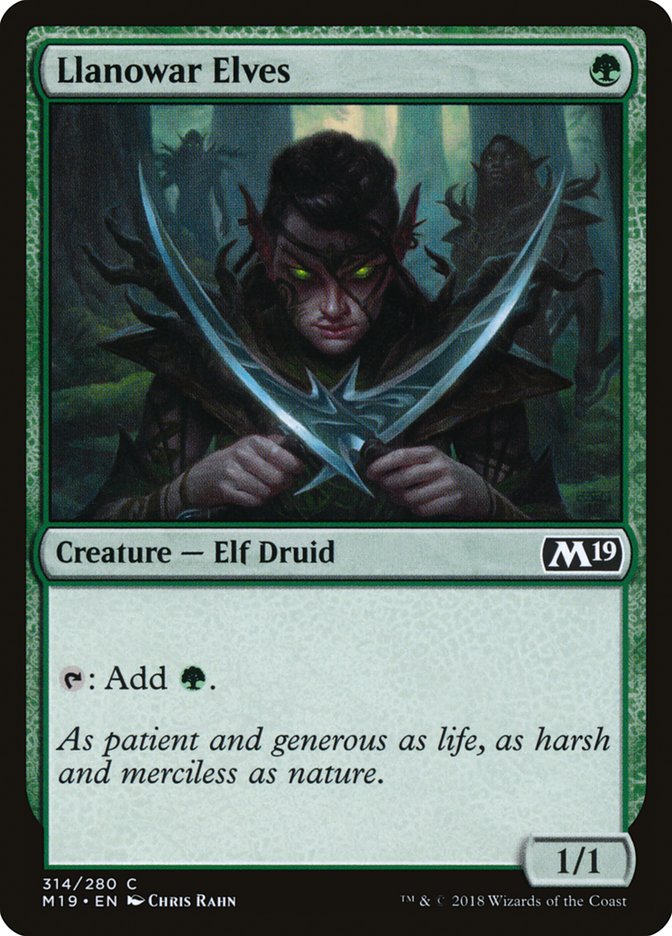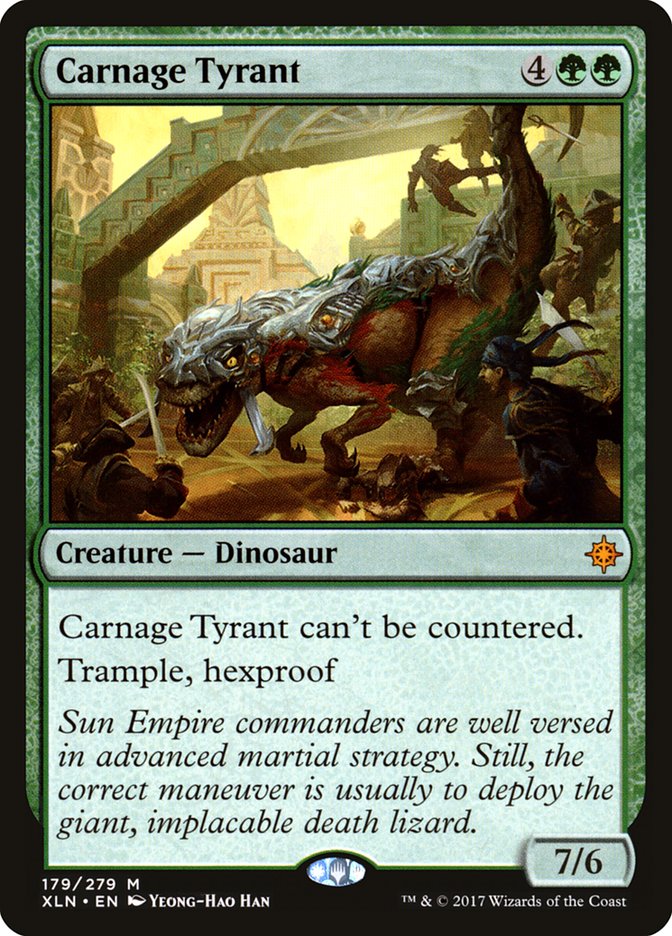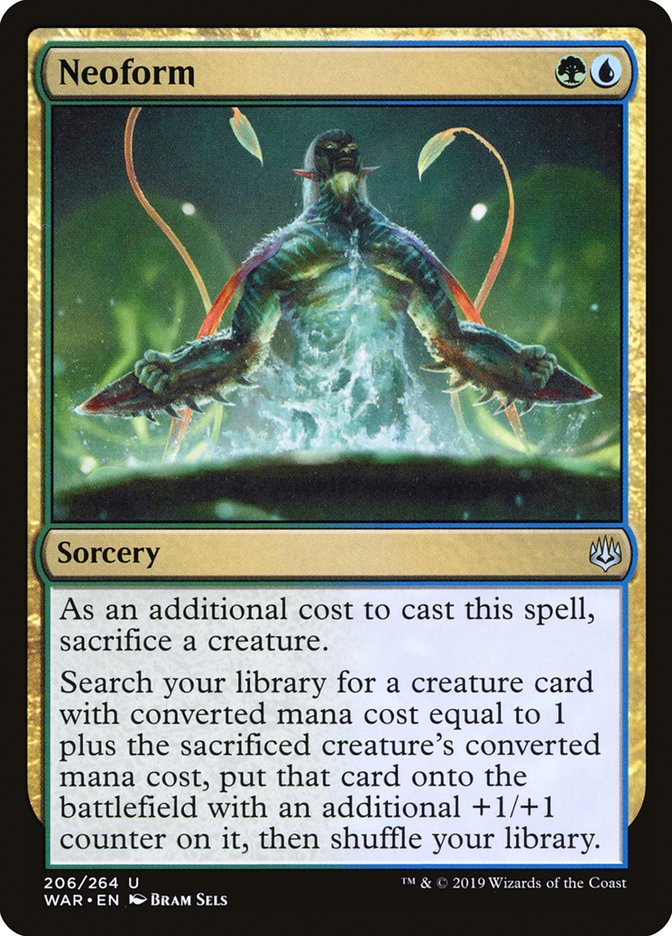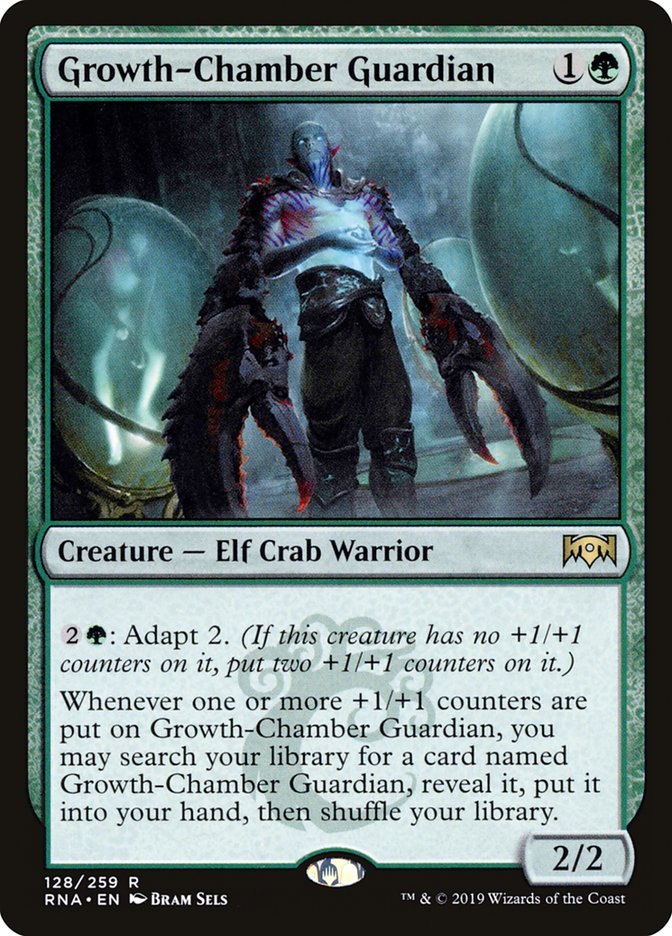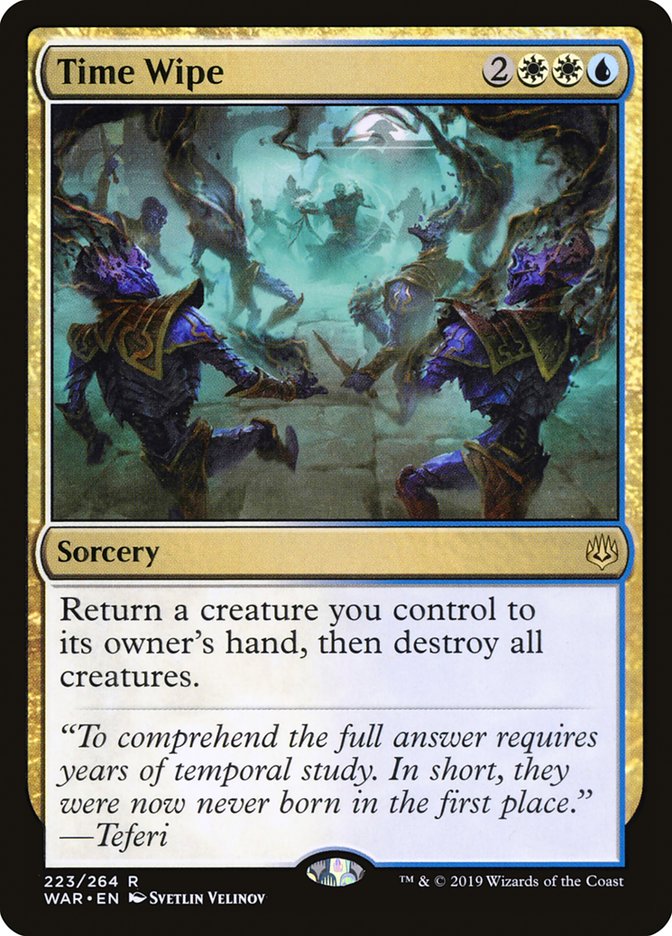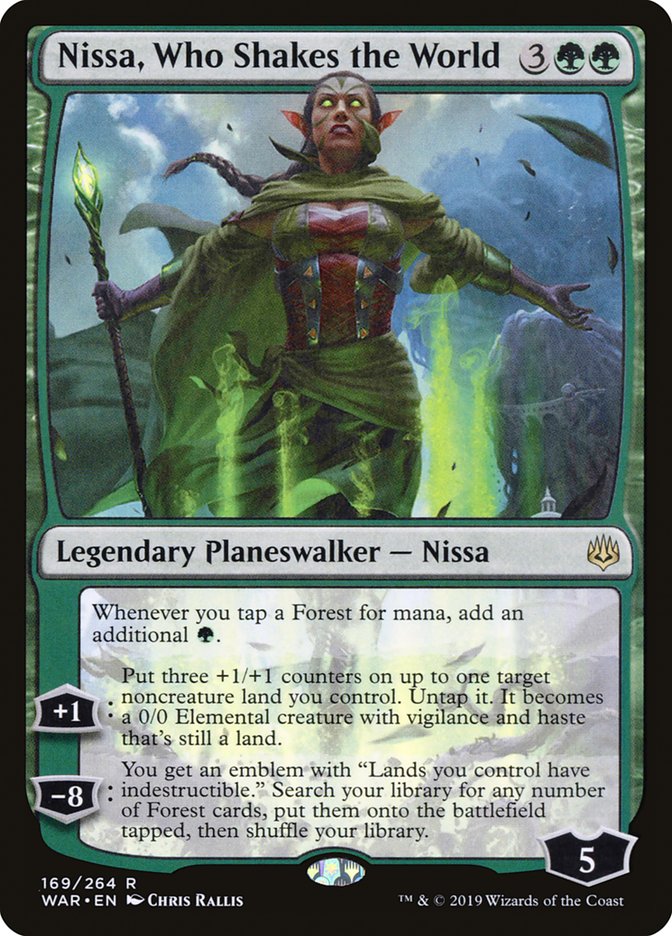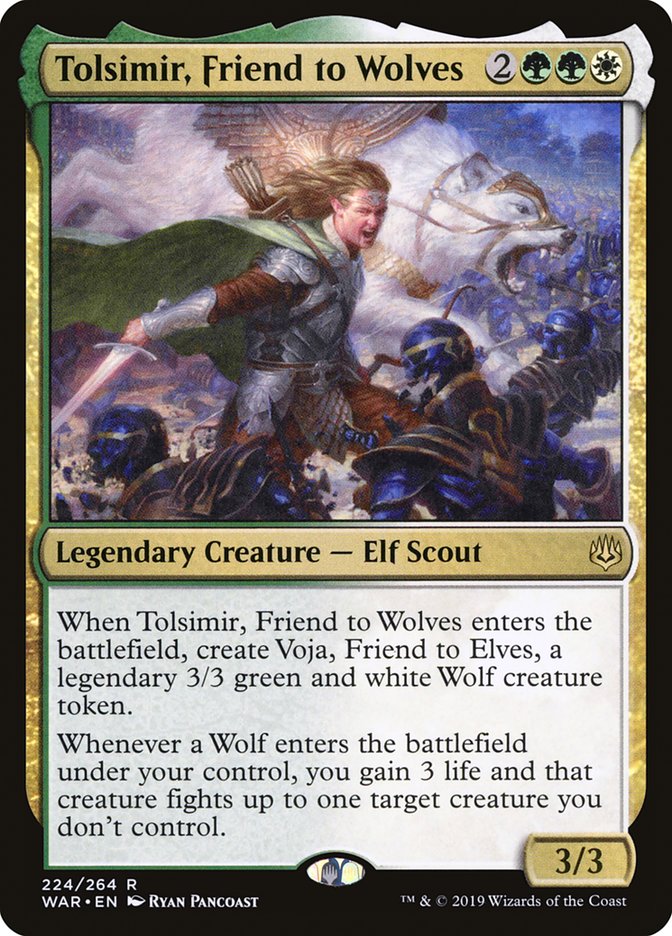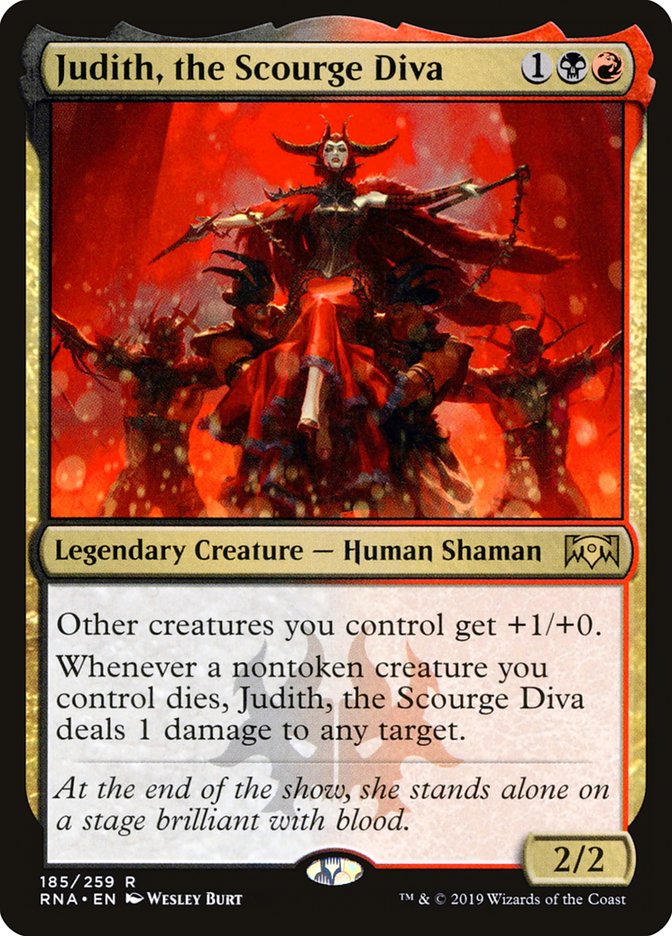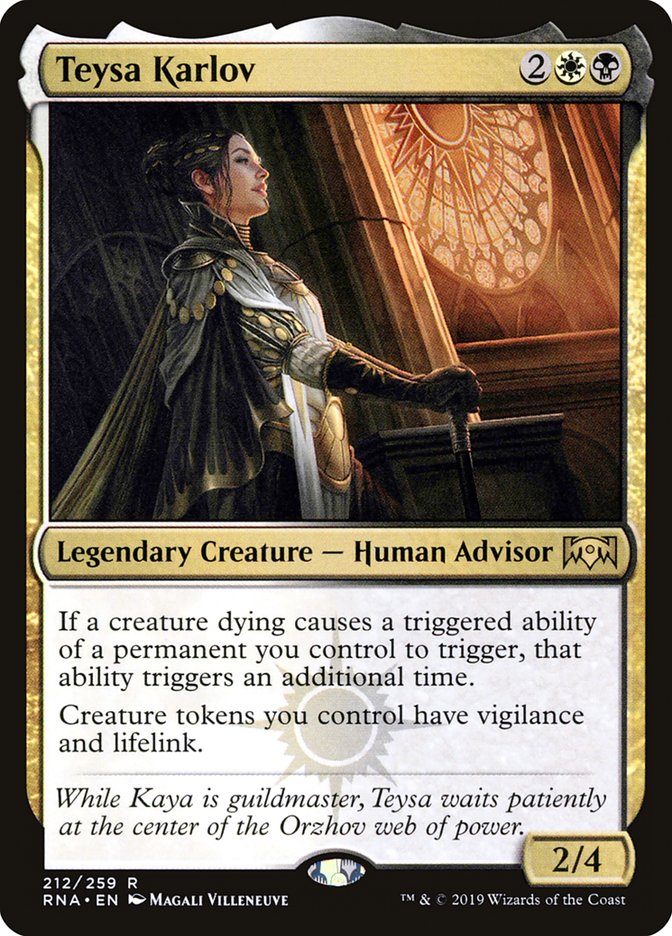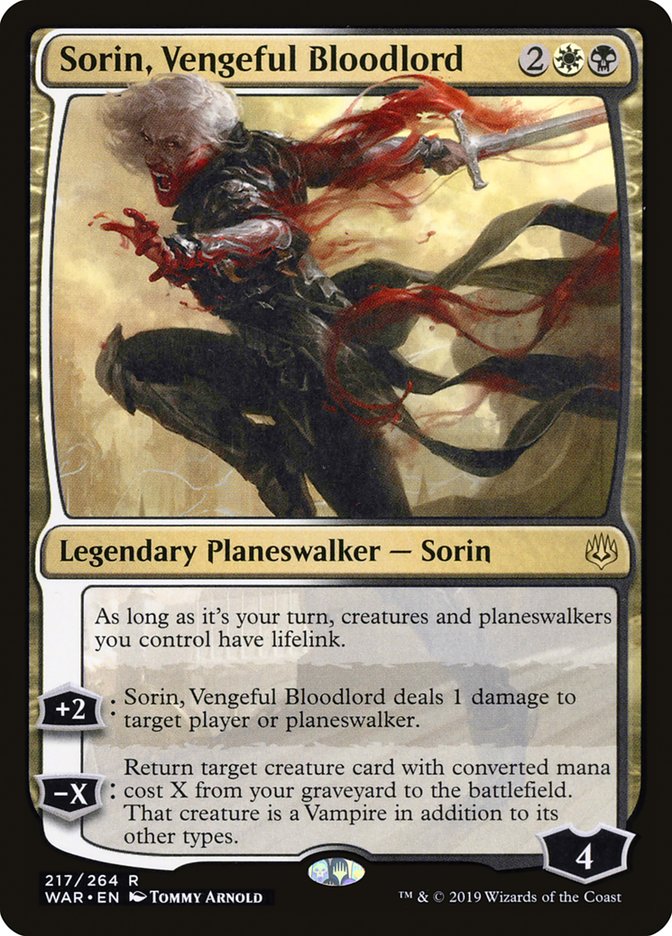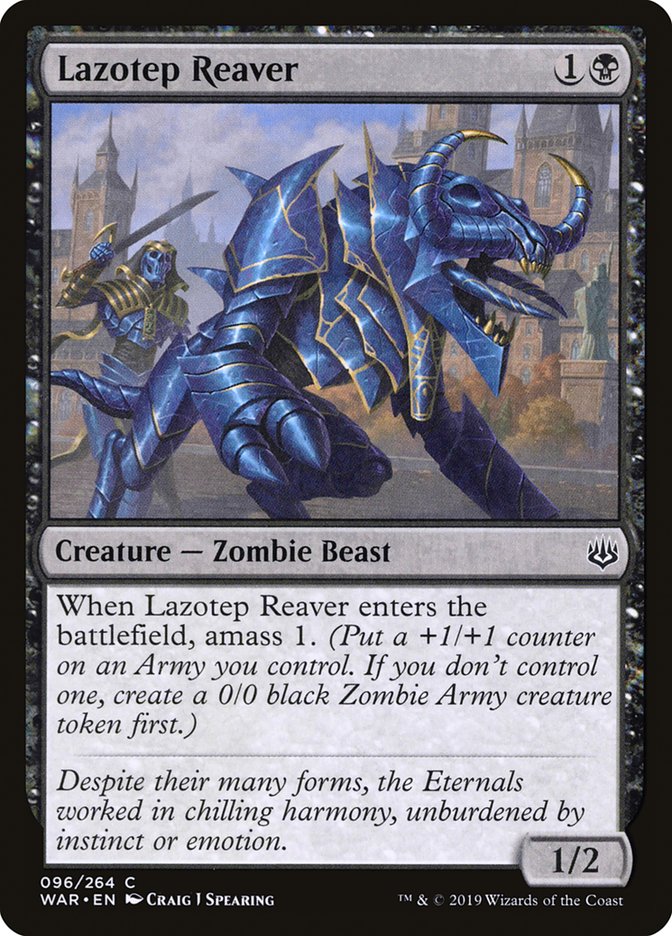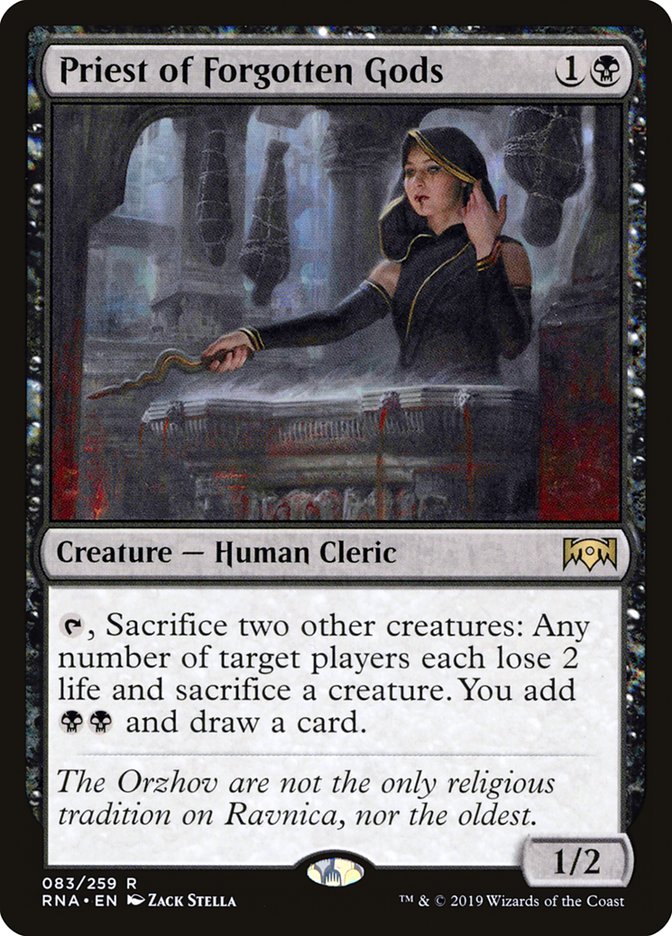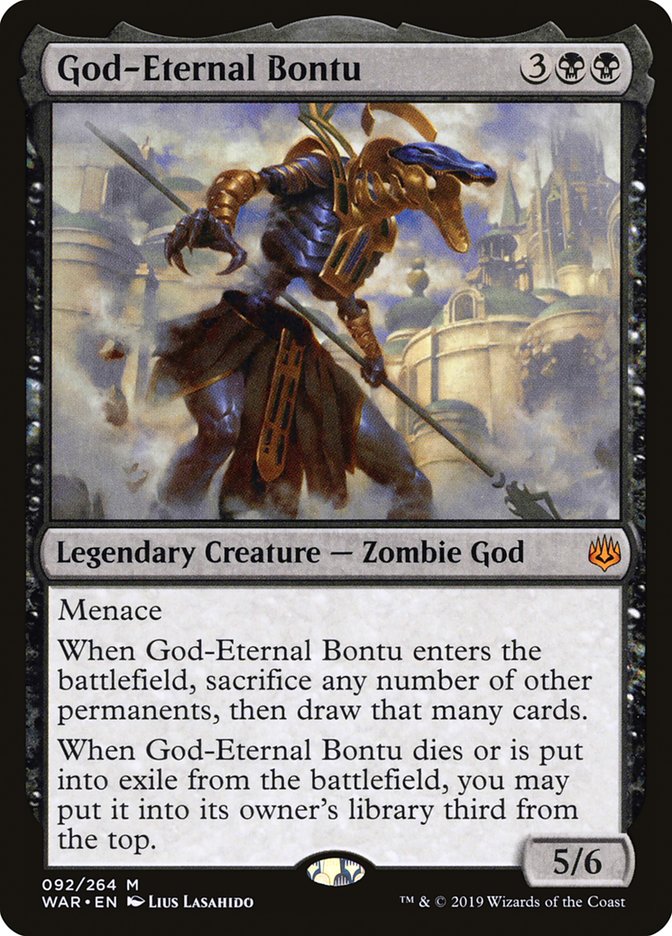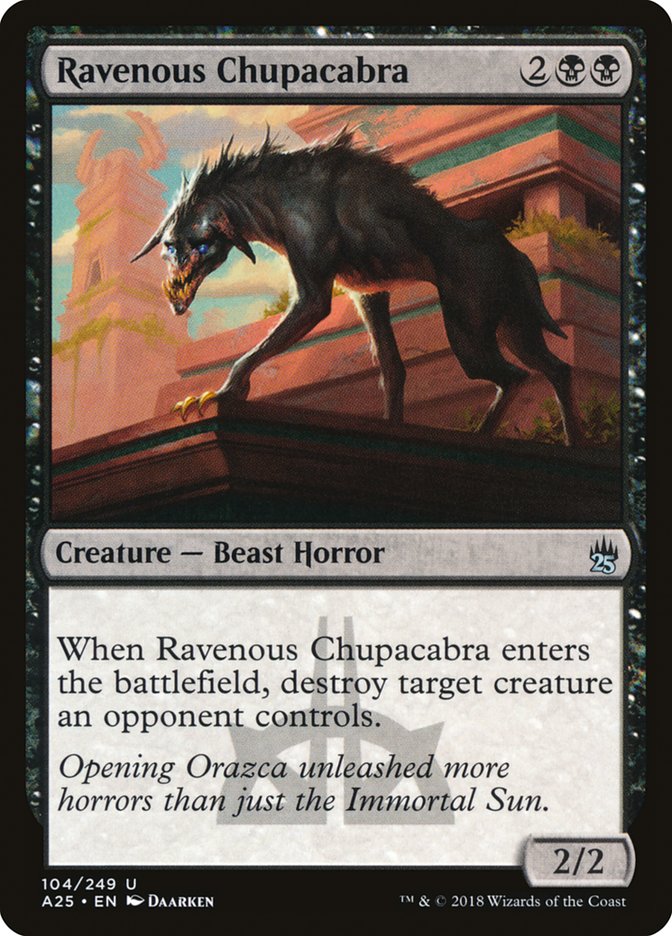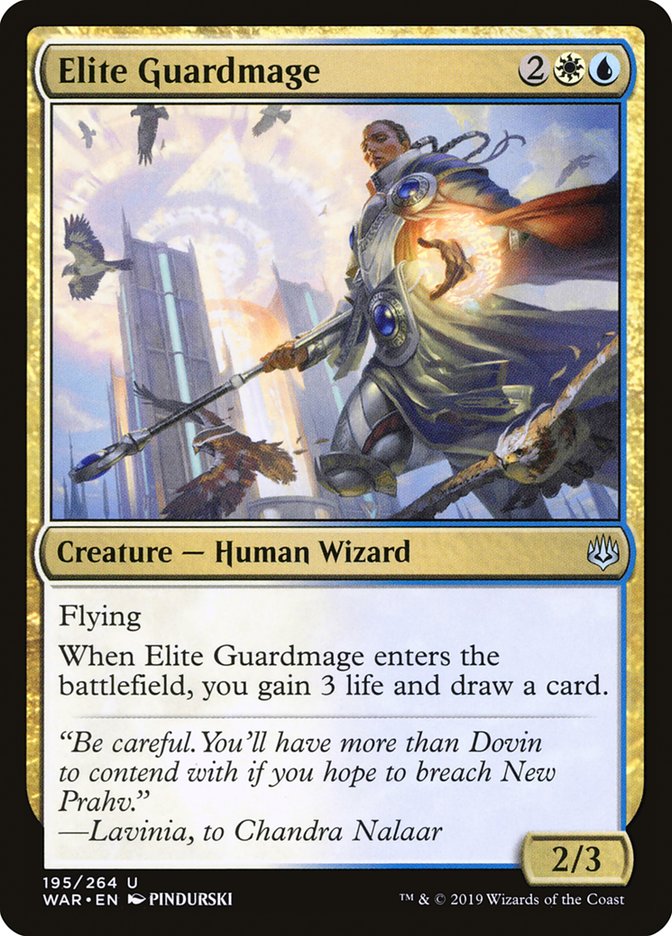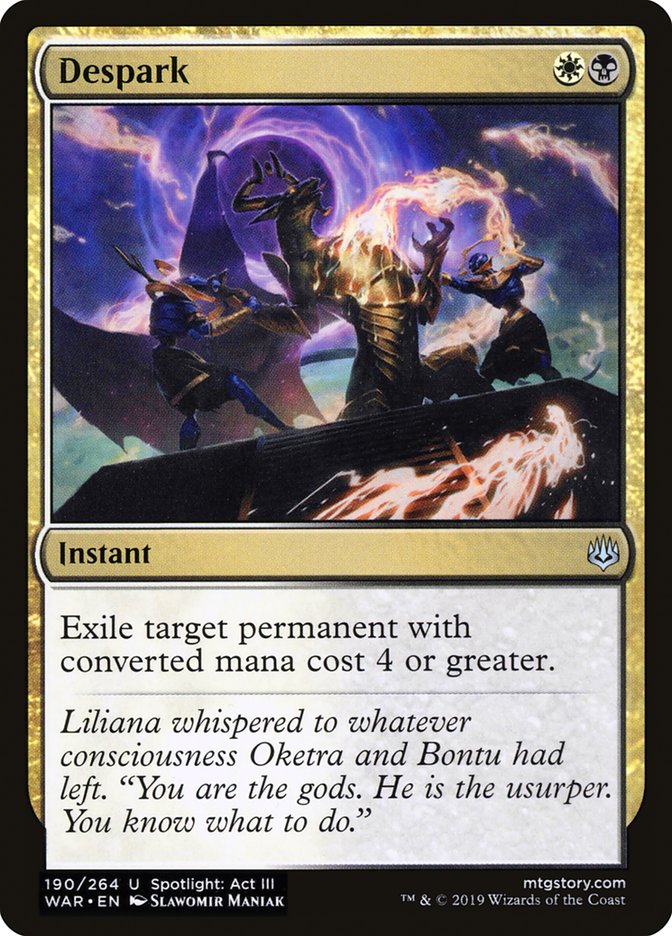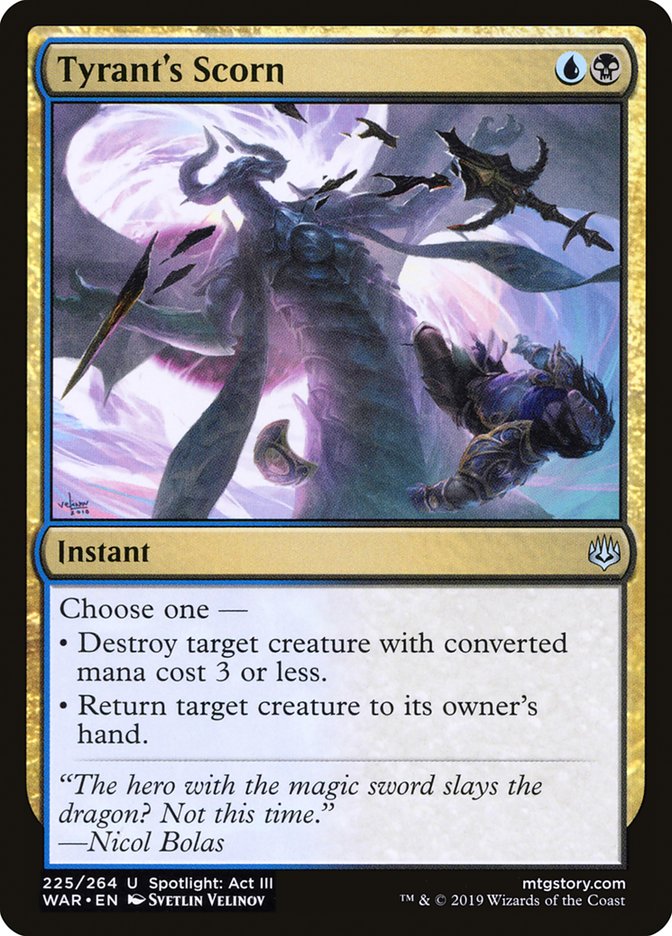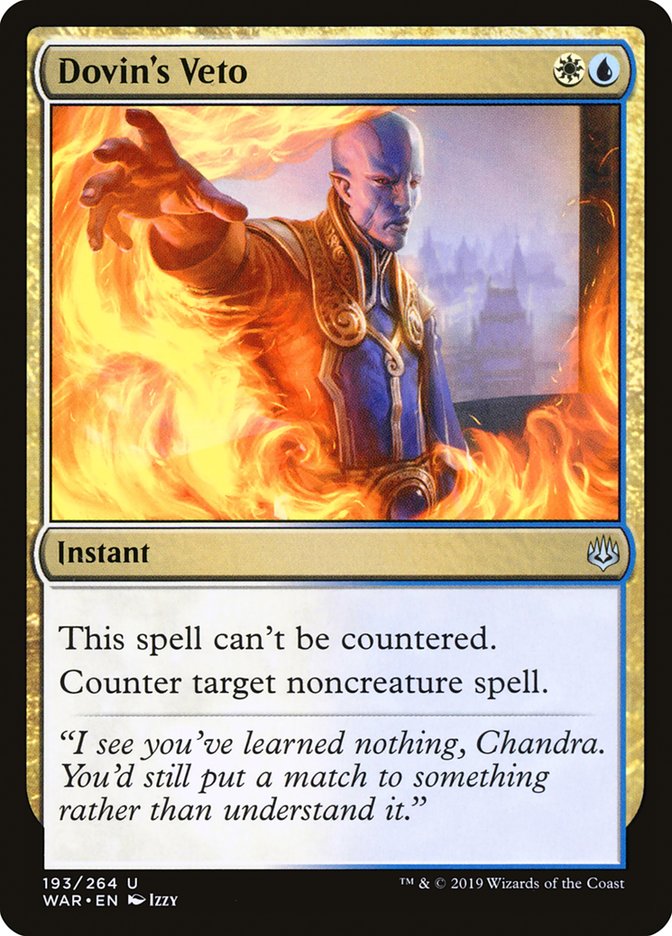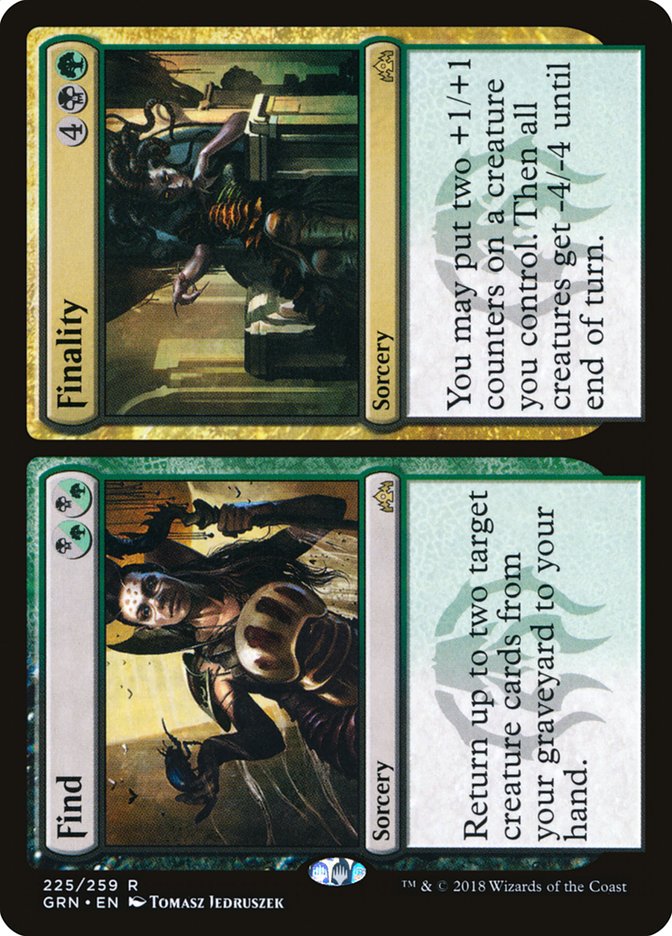You can just read a card like God-Eternal Oketra and know it’s priced to move. Five mana, effective six power, spews out independent threats, and has some recursion.
Or you can just remember a different five-drop that spewed out 4/4s. God-Eternal Oketra isn’t quite the solo game-ender The Scarab God was, but if you can make that comparison at all, it means something big.
My first thought after this was that there are a lot of mythic power five-drops in Standard, so I immediately went down the list to see how God-Eternal Oketra compared to them. Turns out it’s generally a favorable outcome. Oketra is distinct from Trostani Discordant in how you build for each, hits hard enough to not be purely competing with planeswalkers as an engine, and is better against removal than Biogenic Ooze if you’re the aggressor.
So, God-Eternal Oketra looks good at first glance and isn’t obviously outclassed by another busted card. Let’s work out what the card needs to shine:
I’m not huge on trying to maximize double strike on a five-drop that’s already hitting for six without help, but it’s worth noting that Aurelia, Exemplar of Justice works really well with both double strike and a three-power creature that doubles up a single mentor trigger.
The recursion ability is fairly self-evident, but I want to make the point that the “may” makes your five-drop “Hostage Taker-proof” in midrange mirrors. Either you let it get exiled and kill the Hostage Taker, or you can’t kill Hostage Taker but can deny them the ability to recast God-Eternal Oketra. You also aren’t obligated to redraw Oketra if you already have another to cast, it can’t get Ixalan’s Binding-locked, and probably a few weird things buried in the format.
Where you won’t see God-Eternal Oketra is in aggressive white decks. While the natural thought is that you want to spam multiple creatures the turn after casting Oketra and one-drops are great there, that actually goes against everything these one-drops are aiming for. Not only are they terrible cards on Turn 6 if you don’t control Oketra, but their best-case scenario is spamming them early and in large quantities. Playing enough lands to cast a five-drop leaves you “flooded” in early spots and unable to reliably draw the density of one-drops you need for a good aggressive start.
I’m also not excited about jamming terrible free creatures into my deck to get free 4/4s when I resolve God-Eternal Oketra. Standard is well past the point of playing default bad cards in anything resembling midrange – don’t trick yourself.
The cards that come to mind with God-Eternal Oketra are the curve-filler cantrip creatures. If you have more cards in your hand on Turn 6, you’re more likely to have more creatures to cast. Easy.
These cards also hit the point of wanting to play more creatures and fewer spells if possible. Not that Standard wasn’t already skewed this way, and not that you need to play all creatures; just that, when you are given the choice of Seal Away or Deputy of Detention as your cheap removal spell, God-Eternal Oketra makes the choice really clear.
The natural next step was a Gatherer search for “graveyard” and “hand,” which basically just brought up Gutterbones as a self-recursive creature.
Talking about all these low drops brings up a fundamental point of God-Eternal Oketra: it reduces the mid-game cost of playing a bunch of low-drops. There’s nothing wrong with casting some mythic rare bomb after Oketra and getting a free 4/4, it’s just that, if you cast a five-drop mythic into another mythic, you’re already in a good spot without the bonus body. If your follow-up to your five-drop is a Llanowar Elves you just drew, then that 4/4 is a huge improvement.
You aren’t required to play Oketra as a lone-curve topper in a lowball deck, and you aren’t required to cut other high-curve hits from your deck, but you can afford to play a little more low-end filler.
Creatures (33)
- 4 Llanowar Elves
- 1 Carnage Tyrant
- 4 Jadelight Ranger
- 1 Knight of Autumn
- 2 Deputy of Detention
- 2 Hydroid Krasis
- 4 Growth-Chamber Guardian
- 3 Prime Speaker Vannifar
- 3 Frilled Mystic
- 3 Incubation Druid
- 1 Biogenic Ooze
- 2 Fblthp, the Lost
- 1 Tolsimir, Friend to Wolves
- 2 God-Eternal Oketra
Lands (20)
Spells (7)

While this isn’t the biggest spotlight for God-Eternal Oketra, it makes sense to pair the card with Prime Speaker Vannifar. Both cards ask you to play a bunch of creatures and magnify the value of early filler.
When I was discussing Neoform two weeks ago, I was really focused on all the ways to utilize the explore package with it. I neglected what might be one of the cleanest uses of the card. If you Neoform Llanowar Elves into Growth-Chamber Guardian, you get a 3/3 and immediately find your second Growth-Chamber Guardian. Growth-Chamber Guardian is also an insanely good way to ensure you have creatures to chain with God-Eternal Oketra. Good stuff all around.
Even beyond God-Eternal Oketra, this deck got a lot of good high-end tools from War of the Spark. Time Wipe is a real winner of a sweeper for a creature-heavy deck like this. Nissa, Who Shakes the World is the actual planeswalker threat we were waiting for to pressure control. Tolsimir, Friend of Wolves lets you condense a lot of different card slots into one, fighting down Hostage Taker and gaining life and just being a three-body swing versus Azorius Aggro and another six-power five-drop that’s good against removal.
Creatures (34)
- 2 Ravenous Chupacabra
- 3 Dusk Legion Zealot
- 4 Hunted Witness
- 4 Judith, the Scourge Diva
- 2 Pitiless Pontiff
- 4 Gutterbones
- 4 Priest of Forgotten Gods
- 4 Cruel Celebrant
- 3 Lazotep Reaver
- 1 God-Eternal Bontu
- 3 God-Eternal Oketra
Lands (23)
Spells (3)
- 3 Mortify

Yup, that’s a red splash solely for Judith, the Scourge Diva. I built an Orzhov version first, but wanted a little more combo kill synergy and an upgrade for my creatures. Guess what card happens to do all that.
At first, I was super-excited about giving my God-Eternal Oketra tokens lifelink with Teysa Karlov. Then I remembered Teysa is a Pillarfield Ox. Then I remembered Sorin, Vengeful Bloodlord exists to give lifelink and be a real card now.
One thing I like about this list is maximizing the number of two-drops you can directly cast off Priest of Forgotten Gods mana. Because obviously the thing I like best is good clean sequence optimization.
God-Eternal Oketra is a great standalone threat, but God-Eternal Bontu is also exciting for Aristocrats. The mass sacrifice means all your Cruel Celebrants and Judith, the Scourge Diva see each other die, making Bontu a threat, a reload, and a combo finisher.
Pairing God-Eternal Oketra with black makes a bunch of sense even outside of the Aristocrats shell. Being able to overload on creatures with Ravenous Chupacabra in the removal slot lets Oketra spiral out of control reliably.
Why not Hostage Taker? We have months of data showing that card is the best Ravenous Chupacabra in a format with the actual card Ravenous Chupacabra. Wyatt Darby’s Esper Midrange deck played Lyra Dawnbringer, and God-Eternal Oketra matches the grindy gameplan of that deck way better. It’s also yet another deck where you would want access to Time Wipe and Sorin, Vengeful Bloodlord out of the sideboard, cards we have already established look good alongside the same cards as God-Eternal Oketra.
Creatures (22)
- 4 Hostage Taker
- 4 Thief of Sanity
- 4 Deputy of Detention
- 3 Seraph of the Scales
- 4 Hero of Precinct One
- 3 God-Eternal Oketra
Planeswalkers (1)
Lands (24)
Spells (13)

Just promise me you won’t play maindeck Basilica Bell-Haunt. That card is a do-nothing except against Mono-Red Aggro, where they can’t beat it. Sideboard it if you must, but that’s it. If you want to start a value four-drop along those lines, play the additive Elite Guardmage. Your opponents will always have trash to throw away to a discard, but another card draw is another shot at a must-answer threat.
I might be a bit short on creatures in this deck, but that’s only because Hero of Precinct One got so many noncreature goodies I need to try out in War of the Spark.
Despark in particular seems like a Standard all-star. It does almost everything you wanted Vraska’s Contempt to do and then some. All the good planeswalkers die to it. Hostage Taker and Rekindling Phoenix die to it. Experimental Frenzy and Wilderness Reclamation die to it. It’s a slight liability against aggro, so I don’t think you can start a ton, but just being able to pay two mana for a midrange mirror answer instead of four for Vraska’s Contempt is a huge upgrade.
Tyrant’s Scorn on the other hand seems shockingly low-liability for a narrow and cheap removal spell. Bouncing your own creature has a lot of applications where a Smother isn’t quite the card you want. Looping Hostage Taker in midrange mirrors or saving a Thief of Sanity from the first removal spell are definitely relevant game actions.
The final card I want to highlight with God-Eternal Oketra is Find. If you want a way to ensure multiple triggers the turn after you cast God-Eternal Oketra, you can probably find something to do with Find. Oketra also pairs well with Finality, both as a six-toughness creature and as a good carrier for bonus +1/+1 counters.
If this just sounds like me listing a bunch of already good cards in this format, great. Like I said, Standard was a format where you were already interested in ensuring you were playing a bunch of creatures and ensuring your hand was gassed up to keep casting more of them on Turn 6 or Turn 7. This is also how three-color midrange works. You find the best cards and then keep shoving them together until you find the combo multipliers.
On raw rate, God-Eternal Oketra will be one of those best cards. And as we have seen, it should have no trouble finding some place to fit right in.


